Cambridge Pixel Announces Dual Redundant Radar Tracking
software and Open Standards. The SPx suite of software libraries and applications provides highly flexible, ready-to-run software products for radar scan conversion, visualization, radar video distribution, target tracking, sensor fusion, plot extraction and clutter processing.Cambridge Pixel's radar technology is used in naval, air traffic control, vessel traffic, commercial shipping, security, surveillance, and airborne radar applications. Its systems have been implemented in mission-critical applications with companies such as BAE Systems, Frontier Electronic Systems, Blighter Surveillance Systems
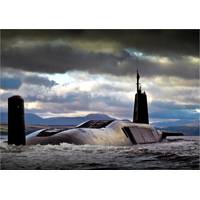
‘A Step Forward in Submarine Radar Technology’
Kelvin Hughes, a U.K. baesd designer and supplier of navigation and security surveillance systems, announced that it can now bring all the benefits of its SharpEye radar technology to submarines. Traditionally, submarines only use radar for navigation in and out of port because a high power RF transmission can compromise its ability to remain undetected. However, with its low power output – up to 300W as opposed to the 25kW of legacy submarine radar systems – SharpEye can reduce the probability of detection by ESM systems. Due to the solid state technology at the heart of
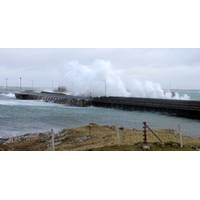
OTT Hydrometry & the New Monitoring Network for Scottish Ports
an OTT radar level sensor; a Lüfft ultrasonic weather monitor measuring wind speed, gust and direction, air temperature and barometric pressure; an Adcon radio unit with back-up batteries and a marine grade antenna. The radar tide level sensor is an OTT RLS, a non-contact sensor employing pulse radar technology with a large 35m measurement range. Both the RLS and the weather sensors, which have no moving parts, have extremely low power consumption, which is vitally important for installations at remote sites. At two locations it was not possible to install a radar sensor so an OTT CBS (bubbler sensor)
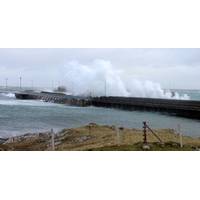
New Monitoring Network for Scottish Ports
an OTT radar level sensor; a Lüfft ultrasonic weather monitor measuring wind speed, gust and direction, air temperature and barometric pressure; an Adcon radio unit with back-up batteries and a marine grade antenna. The radar tide level sensor is an OTT RLS, a noncontact sensor employing pulse radar technology with a large 35m measurement range. Both the RLS and the weather sensors, which have no moving parts, have extremely low power consumption, which is vitally important for installations at remote sites. At two locations it was not possible to install a radar sensor so an OTT CBS (bubbler sensor)
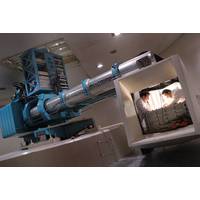
Experts on Ice
(Leading Operational Observations and Knowledge for the North) is Canada’s only Center of Excellence for commercialization and research dedicated to remote sensing innovation in support of northern resource development. The center uses remote sensing technology and extremely capable satellite radar technology to monitor northern environments and infrastructure to see where ice is moving and predict where it will move to. CARD (Center for Arctic Resource Development) is also unique in Canada as it is the only independent, industry-guided research centre focused on addressing challenges that
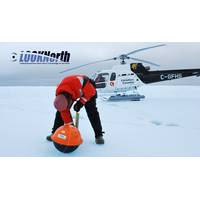
The Path to the Arctic
ideally positions Newfoundland and Labrador for future development in the Arctic. From this solid base, a cluster of companies, academic institutions, and research and development organizations have emerged, and they strive to push the envelope in cold ocean exploration, from sub-sea imaging and radar technology, to aerial and satellite ice management. Central to this burgeoning brain trust and array of cutting-edge technology is Memorial University, which has its main campus in the provincial capital of St. John’s. Memorial, and its Fisheries and Marine Institute (Marine Institute, or MI for
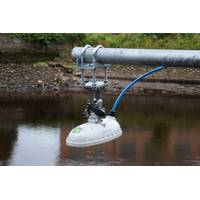
Valeport’s New Radar Level Sensor
can interface with a third party data logger. Kevin Edwards, Sales and Marketing Manager at Valeport, explains more about the benefits of the VRS20, “We have responded to the market and developed a water level measuring instrument that uses non-contact radar technology to avoid the issues of traditional submerged devices, such as fouling and corrosion. Installation couldn’t be easier, with integrated spirit bubbles for levelling and an integral mounting bracket with tool-free adjustment.” Data collection is a simple process for



 February 2024
February 2024





